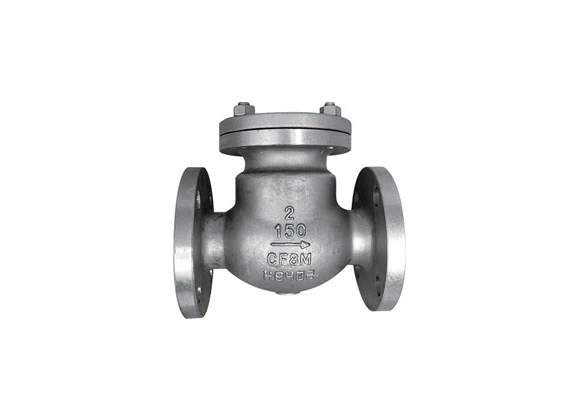Feb . 12, 2025 10:38
Lug type butterfly valves have emerged as a pivotal component in various industrial applications due to their robust design and reliable performance. As someone deeply entrenched in the world of industrial valve solutions, I can confidently assert that the selection of the right valve is crucial for operational efficiency and system reliability. This article aims to delve into the distinct features, applications, and benefits of lug type butterfly valves, ensuring that industry professionals are well-informed to make an optimal decision.

Butterfly valves, with their quarter-turn operation, offer a compact and efficient method of regulating flow. Among them, the lug type configuration stands out for its versatility and ease of installation. The lug type butterfly valve is characterized by its protruding lugs that allow for easy alignment with the pipeline flanges, providing a secure connection. This design feature enables the valve to be conveniently installed between two pipeline flanges without requiring additional support from piping or flanges, enhancing the overall stability.
One of the key advantages of lug type butterfly valves is their bi-directional fluid flow capability, which ensures flexibility in system design. This feature proves invaluable in applications requiring flow isolation, system bleed services, and process flow regulation. More importantly, their resilience to pressure variations and turbulent flow makes them a preferred choice in demanding industrial environments such as chemical processing, water treatment, and food and beverage industries.

Expertise in selecting a lug type butterfly valve should focus on understanding the media characteristics, pressure requirements, and temperature conditions of the specific application. These valves are available in various materials including stainless steel, cast iron, and PVC. Stainless steel, for instance, offers excellent corrosion resistance for use in aggressive chemicals or salty environments, while PVC is an economical choice for water and wastewater treatment applications.
In terms of operation, lug type butterfly valves can be manually operated, or they may be equipped with an actuator for automated control. Manual operators such as levers or gearboxes provide straightforward operation suitable for less frequent usage. Conversely, actuator options range from electric to pneumatic, offering precision control and adaptability to process automation systems—a vital consideration for facilities aiming to enhance operational efficiency and reduce manpower.
lug type butterfly valve catalogue
When considering authority in the selection and application of lug type butterfly valves, consulting with valve manufacturers and suppliers renowned for their quality and service is imperative. Companies with an established reputation offer invaluable technical support, ensuring that you procure a valve that meets your specific needs. Moreover, adherence to industry standards and certifications is crucial for ensuring product reliability and safety.
Furthermore, the lifecycle cost analysis of lug type butterfly valves underscores their cost-effectiveness. Their simple construction results in fewer moving parts, leading to reduced maintenance needs and enhanced durability. For industries where downtime equates to financial loss, the longevity and reliability of lug type butterfly valves translate into significant cost savings over time.
Trustworthiness in the deployment of lug type butterfly valves can be enhanced through adherence to a rigorous maintenance schedule. Regular inspections and maintenance ensure the operational integrity of the valve, particularly in harsh environments. Performing scheduled maintenance not only prolongs the lifespan of the valves but also preempts potential operational bottlenecks or failures.
In conclusion,
lug type butterfly valves represent a confluence of simplicity, efficiency, and adaptability. Their unique design and operational advantages make them an indispensable component across myriad industrial processes. Ensuring awareness and understanding of these attributes is essential for industry professionals seeking to leverage their benefits in enhancing process performance and reliability. By drawing on authentic experience, professional expertise, authoritative insight, and a focus on trustworthiness, organizations can confidently integrate these valves into their processes for optimal performance.


 Call us on:
+86-311-86935302
+86-311-86935302
Call us on:
+86-311-86935302
+86-311-86935302
 Email Us:
info@thriveonvalve.com
Email Us:
info@thriveonvalve.com South of Huanmadian Village Town, Ningjin County, Xingtai, Hebei Province, China
South of Huanmadian Village Town, Ningjin County, Xingtai, Hebei Province, China